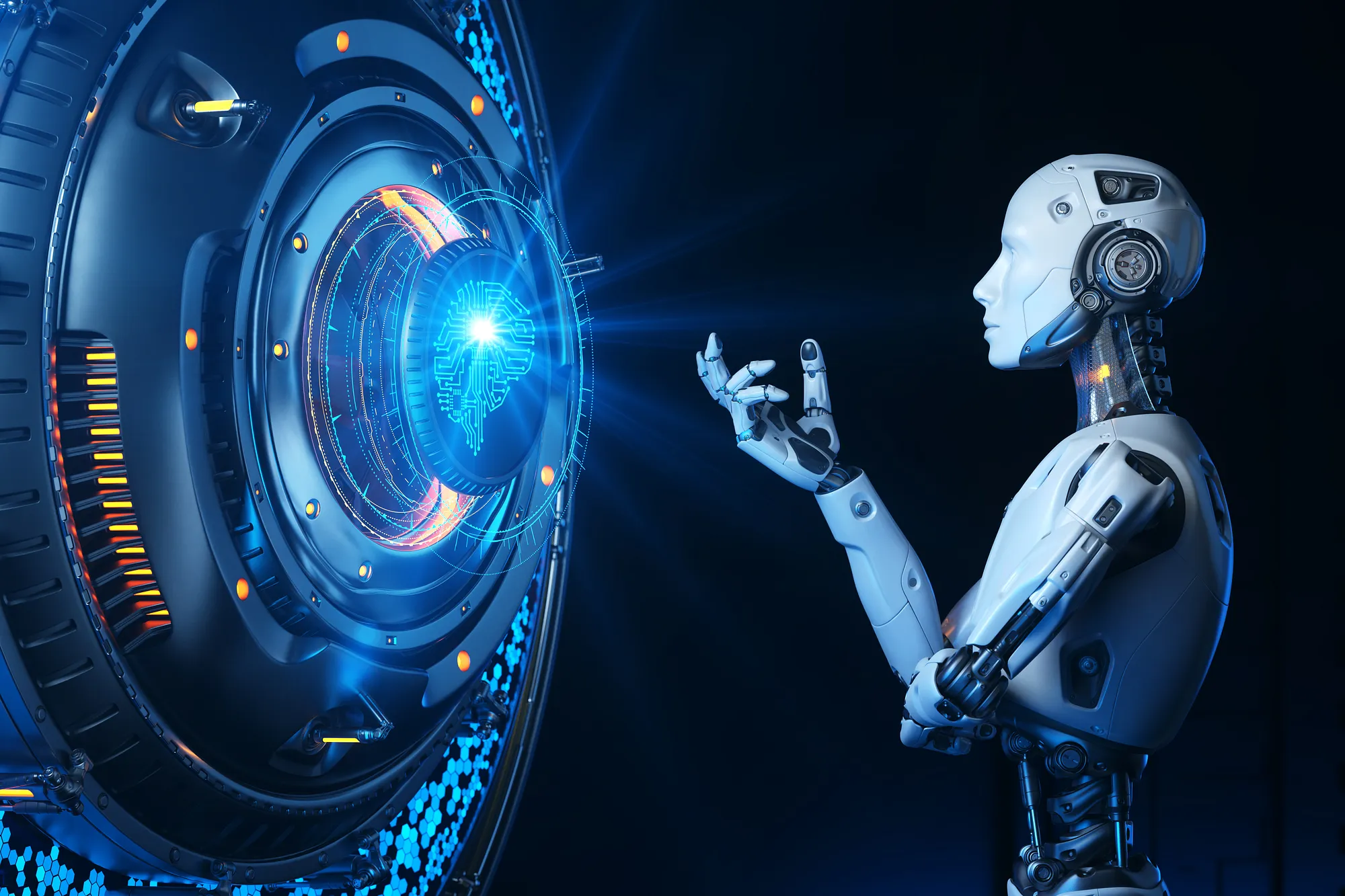Energy Optimization of GPU for Carbon-Free Energy Integration into the Grid
The increasing demand for computational power, driven by applications such as artificial intelligence, machine learning, and high-performance computing, has led to a surge in the utilization of Graphics Processing Units (GPUs). However, this heightened usage comes at a cost, as GPUs are notorious for their high energy consumption and associated carbon emissions. To address this concern, optimizing GPUs for carbon-free energy integration into the grid has become a vital endeavor to ensure sustainable and environmentally responsible computing.
1. Energy-Efficient GPU Design
The optimization of GPUs begins with designing energy-efficient hardware. GPU manufacturers are increasingly focusing on developing architectures that balance performance with energy consumption. This involves improving the efficiency of data processing, reducing power leakage, and enhancing power management capabilities. The aim is to enable GPUs to perform more computations per watt, thereby lowering the carbon footprint of each task.
2. Dynamic Voltage and Frequency Scaling (DVFS)
Dynamic Voltage and Frequency Scaling is a technique that adjusts the voltage and clock frequency of GPUs based on workload requirements. By dynamically scaling these parameters, GPUs can operate at higher frequencies when computational demand is high and lower frequencies when workload is light. This not only leads to energy savings but also aligns GPU usage with the availability of carbon-free energy sources, such as solar and wind power.
3. Task Scheduling and Load Balancing between Fossil-fuel based power and Renewable Energy
Optimizing GPU usage involves intelligent task scheduling and load balancing. By efficiently distributing tasks across GPUs, workloads can be completed faster and with less energy. Furthermore, by leveraging predictive algorithms that forecast energy availability from renewable sources, tasks can be scheduled to coincide with periods of abundant carbon-free energy, minimizing reliance on fossil fuel-based power.
4. Energy-Aware Algorithms
Developers are increasingly designing algorithms with energy efficiency in mind. This means crafting algorithms that can accomplish tasks with fewer computational resources, thereby reducing GPU load and energy consumption. Additionally, these algorithms can be designed to adapt to changing energy availability, automatically adjusting their computational intensity when carbon-free energy sources fluctuate.
5. Energy Source Detection by the Authentic Blockchain-based certification process of and Switching to Renewable Energy
Modern GPUs can be equipped with the capability to detect the source of energy powering the system. Smart contracts, which are self-executing contracts with terms directly written into code, can automate various aspects of energy agreements. For instance, they can facilitate automatic payments for energy consumption and production, ensuring that energy producers are fairly compensated and consumers are accurately billed. These contracts can also incorporate conditions that adjust energy prices based on real-time carbon emissions data, incentivizing the use of cleaner energy sources. When renewable energy sources are prevalent, the GPU could automatically prioritize computationally intensive tasks. Conversely, during periods of fossil fuel-based energy generation, the GPU could shift to lower-power modes or delay non-critical tasks, thereby minimizing the carbon impact of computations.



